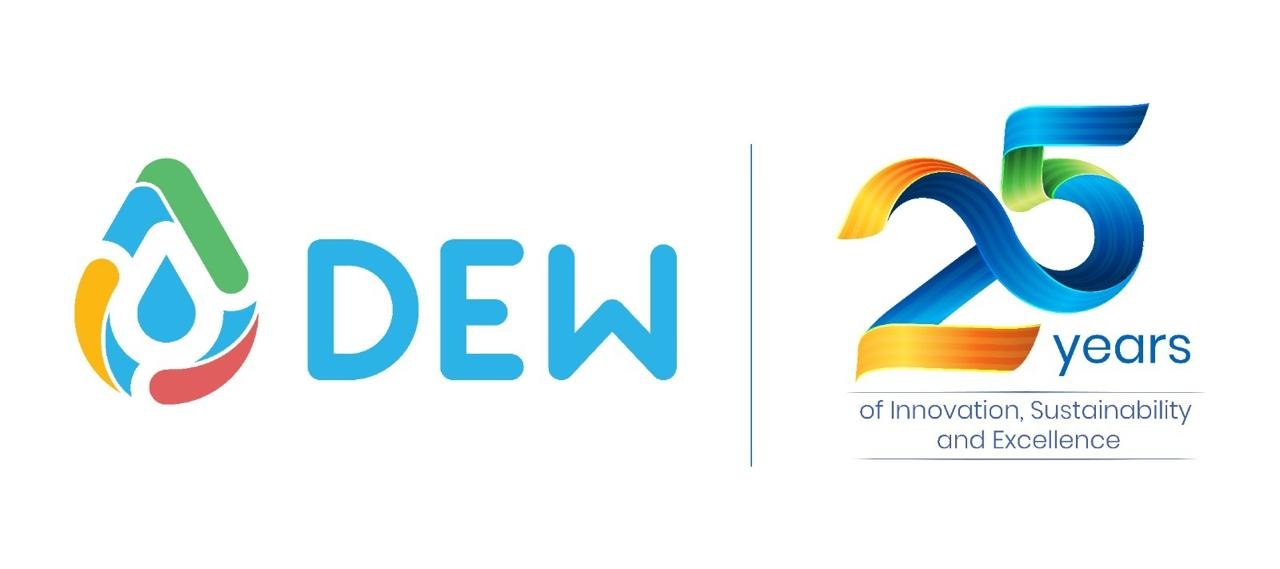Zero Liquid Discharge: An Essential Step in Sustainable Water Management
Zero Liquid Discharge (ZLD) is garnering momentum in industry due to water scarcity, stringent environmental regulations, and a quest for sustainable practices. ZLD systems enable water conservation by treating and recycling wastewater, thereby reducing pollution. This blog discusses the advantages of ZLD, its implementation, and outlines the chief components that make an effective system.
Introduction: Embracing ZLD Towards a Sustainable World in the Future
Industries across the globe are increasingly being pressured to manage water resources sustainably. In areas with scarce fresh water and stringent regulations on wastewater discharge, ZLD treats, recycles, and reuses water in a closed loop. We see more and more industries such as textiles, pharmaceuticals, and chemicals adopt ZLD to protect water resources, meet regulatory standards, and reduce operational costs.
What is Zero Liquid Discharge?
Zero Liquid Discharge, often called ZLD, is an advanced process that makes sure no liquid waste is released into the oceans. What happens instead is that wastewater goes through treatment and is reused again within a closed-loop system. Through certain processes like filtration, separation, and evaporation, ZLD systems give the industries an edge in recovering clean water to recycle, thus reducing the amount they draw from natural sources.
Why ZLD Has Become the Essence of Current Times
There are many important reasons why the world is being drawn toward implementing ZLD:
Water Conservation
ZLD is quite a handy tool that can make a great difference in water conservation, which is very important in areas facing water scarcity.
Regulatory Compliance
The increase in stringent laws, ZLD helps an industry avoid paying penalties and comply with the rules on Wastewater Management.
Cost-Effective
Although the plant cost is high, the capital investment may get recovered over time, thus yielding all of the savings regarding freshwater requirement and, further, valuable by-products.
Sustaining Commitment
A growing number of companies are prioritizing sustainability; ZLD signifies their commitment to minimizing adverse environmental effects.
Enhanced Water Quality
ZLD can treat not only freshwater but also other water sources, including brackish water, making it valuable for industries in water-scarce regions.
Key Approaches to Achieving ZLD
Achieving zero liquid discharge requires multiple treatment methods that work in stages to purify and recycle water effectively. Here are the primary methods:
- Membrane-Based Processes
Techniques like reverse osmosis (RO) use high-pressure membranes to separate water from dissolved salts, resulting in a more concentrated wastewater that can be further treated. - Evaporation and Crystallization
By evaporating remaining water, these techniques convert the waste into a solid form, which can then be processed for disposal or reuse. - Electrodialysis
Electrodialysis applies an electric field to separate ions in wastewater, which is particularly effective for water with high salinity levels. - Forward Osmosis
A relatively low-energy method, forward osmosis uses naturally occurring osmotic pressure to draw water out of wastewater, leaving impurities behind.
Building a ZLD System: Key Components
An efficient ZLD system includes several critical components that work together to treat wastewater thoroughly:
- Pre-Treatment Units
Wastewater passes through pre-treatment to remove large particles, oils, and other contaminants before moving to the main treatment system. - Concentration Units
Here, membrane processes like RO further reduce the volume of wastewater by concentrating impurities, making it easier to treat in later stages. - Evaporators and Crystallizers
These high-energy components evaporate the remaining water, allowing clean water to be reclaimed and leaving behind crystallized salts. - Solid Waste Management
After treatment, any solid waste is managed for safe disposal or reuse, ensuring that no harmful by-products reach the environment.
Overcoming Challenges in ZLD
Implementing ZLD does come with challenges, including high energy demands and operational costs for processes like evaporation. However, ongoing advancements in energy-efficient technologies, such as enhanced membrane systems and innovations in thermal energy recovery, are making ZLD more accessible. With these developments, ZLD systems are expected to become increasingly cost-effective and scalable for a broader range of industries.
The Future of ZLD in Water Management
As environmental standards tighten and industries commit to sustainable practices, ZLD’s role in wastewater management is set to grow. Continued innovation will likely make ZLD solutions more adaptable, economical, and widely used, helping industries globally meet both regulatory and environmental goals.
Ready to Implement ZLD for Sustainable Water Management?
Zero Liquid Discharge is more than just a regulatory tool; it’s a path toward better water stewardship. At Dew India, we offer tailored ZLD solutions designed to meet your industry’s needs while minimizing environmental impact. Contact us for a free consultation to explore how ZLD can transform your water management strategy. Reach out today!

